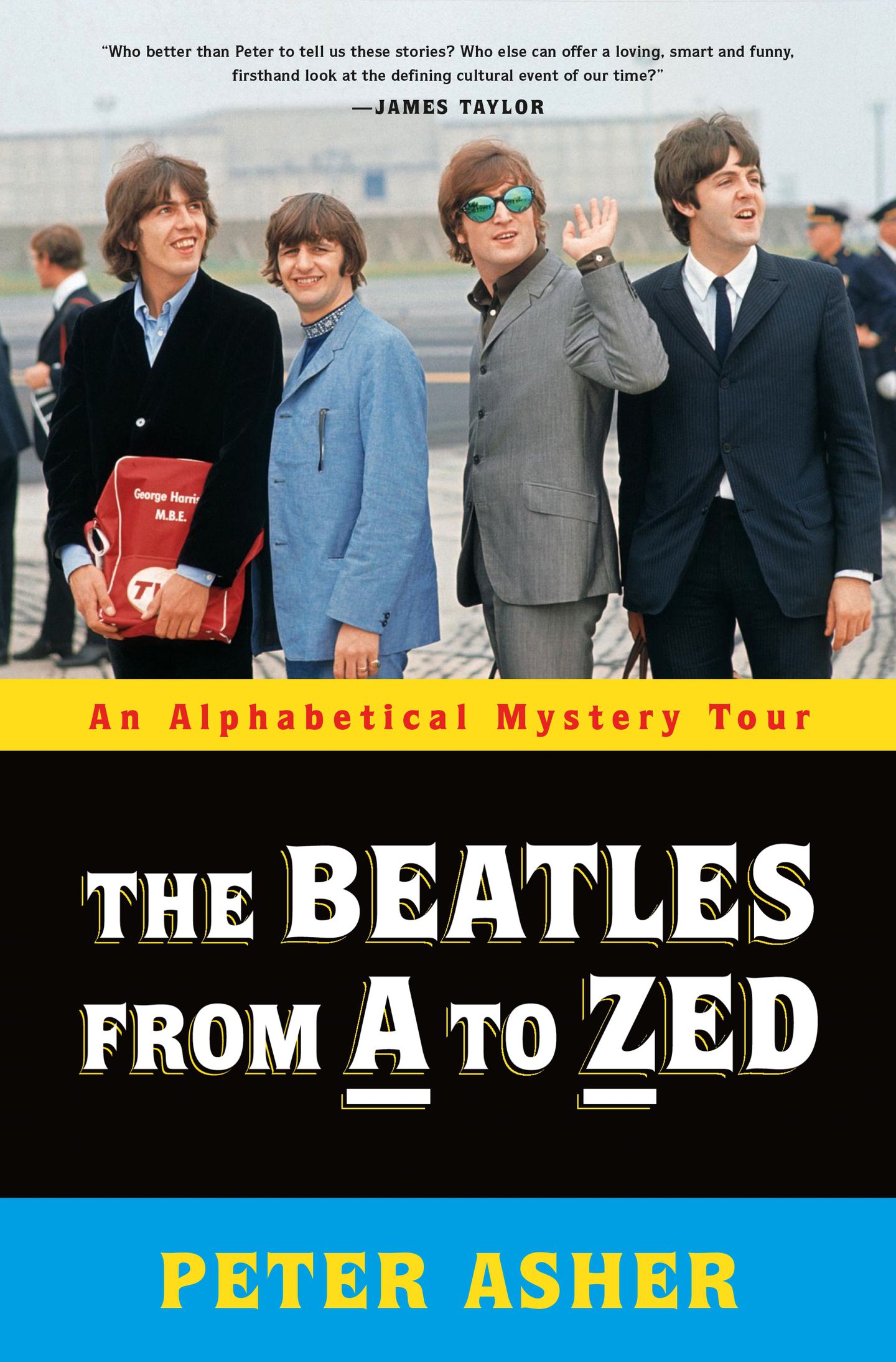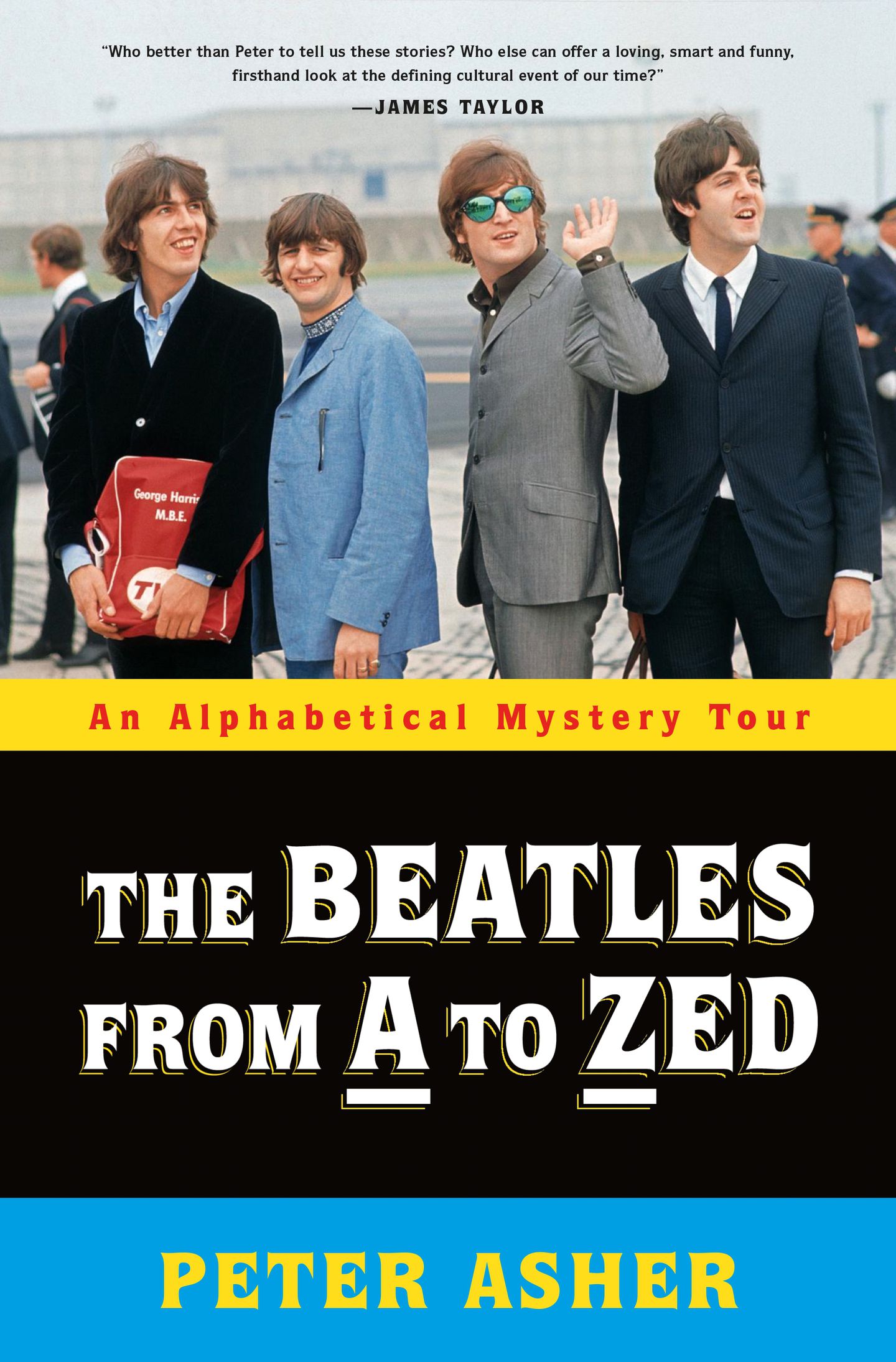The Beatles: From A to Zed’ by Peter Asher book review – The Washington Post

Adopting Asher’s alphabetical format, here are some delightful — and less-than-delightful — takeaways from Asher’s book. (Space limitations kept me from including the full alphabet.)
A: A is for Abbey Road Studios. It was originally known as EMI Recording Studios and was inaugurated by Sir Edward Elgar, England’s famous classical composer who wrote that school graduation grind, “Pomp and Circumstance.” A is also for allusions. In James Taylor’s song “Carolina in My Mind, he mentions “the holy host of others standing around me.” That “holy host,” Asher reveals, is the Beatles. The title of Paul McCartney’s song “Queenie Eye” alludes to a Liverpool street game, but Asher, a well-off Londoner, has never heard of it. (One point for working-class Liverpool.)
Asher mentions the Beatles as a group and as solo artists, though by my count he seems to favor Paul. Perhaps this is because Paul dated Asher’s sister Jane, and for a time lived in the Asher home. There, Paul often regaled the family with one of the many Beatles songs that begins with A, “And I Love Her.” For John Lennon’s fans, there’s this goody: The title of John and Yoko Ono’s 1969 album, “Unfinished Music No. 2: Life with the Lions,” alludes to a British radio, then TV show that ran from 1950 to 1960 — “Life with the Lyons” — about an American family living in London during the war.
C: C is for covers. There are numerous covers of Beatles songs, well-known ones like Stevie Wonder’s “We Can Work It Out.” But did you know that Rufus Wainwright and Eddie Izzard covered John’s “Across the Universe,” or that the Count Basie Orchestra covered “All My Loving,” and Washington’s own Shirley Horn sang a version of “Yesterday”? That’s versatility for you. Asher alerts us that Bobby Rydell, a pompadoured teen idol known for such hits as “Wild One,” covered Asher’s own hit, “A World Without Love.” I don’t need to tell you which version is better, do I?
G: G is for guitars. Asher loves the instrument, especially the 12-string. Guitars, of course,
are made of wood, but different wood creates different sounds. To demonstrate, Asher suggests listening to Paul’s “Blackbird,” played on a Martin D-28 and then “Yesterday,” played on an Epiphone Texan. G is also for graphic novel, such as the one bassist and Beatles Hamburg buddy Klaus Voormann wrote and illustrated. His “Birth of an Icon, Revolver 50,” tells the story of that album’s famous cover.
H: H is for Hobbits, something the Beatles considered playing in a film that was, thankfully, never made, and also for harpsichord (which George Martin played in “Fixing a Hole”), an instrument that has only one volume level no matter how hard or soft its keys are pressed. But H is also for “huh?” — as when Asher asserts that John “really makes [“Baby’s in Black”] rock.” The song is in waltz time. Could Asher have meant “sway”?
R: R is for redundancy. Evidently, both John and George Harrison wrote songs with nearly the same title: “Out the Blue” (John’s ballad about Yoko) and “Out of the Blue” (George’s long instrumental jam that lasts “the right amount of time to make a martini or whatever you fancy as you listen to it”).
S: S is for style, which is important in any book. Sometimes, Asher’s is off-putting. Too many of his statements begin with “maybe” or caveats that he is just “guessing” about something. Sure, Asher is not a Beatles “scholar” and his book is a casual recollection of his time with the band, but why must he use this twee self-deprecating tone when we know he knows what he’s talking about?
T: T is for titles. Asher delights in sourcing numerous titles of Beatles songs and albums, both group and solo efforts. The title “Eight Days a Week,” for example (a song John never liked much, Asher confirms), has long been linked to Ringo Starr, but Asher says it may “have come through an overworked chauffeur to whom John was talking to who said that he had been working too hard.” Ideally, Asher could verify this tale. Instead, he frustratingly shrugs his shoulders: “Who knows?”
W: W is for who cares, which is quite different from who knows. Each reader will decide which of Asher’s revelations belongs in which category. In the meantime, I’m still ruminating over Asher’s comment about the mysterious fire in “Norwegian Wood.” Everyone seems to insert themselves into that song’s provenance. Paul remembers that Asher’s room was “done out in wood,” but Asher writes “I am certainly very proud if I or my room even made a contribution [to the song], but I cannot honestly remember ever doing out my room in wood.” To suggest that Asher try to dishonestly remember would be unladylike, so I’ll let the letter X, as in exit, be the last word.
Sibbie O’Sullivan is a former teacher in the Honors College at the University of Maryland. Her book of essays about John Lennon is forthcoming.
THE BEATLES: FROM A TO ZED
By Peter Asher
Henry Holt. 272 pp. $27
Source: The Beatles: From A to Zed’ by Peter Asher book review – The Washington Post





There are no comments at the moment, do you want to add one?
Write a comment